Fence from the netting netting - a simple instruction on how to install yourself (95 photos)
When arranging personal plots, much attention is paid to the construction of high-quality and reliable fencing. His task should be not only the safety of the owners of a private house, but also aesthetic appeal, the ability to fit into the surrounding landscape.
A popular solution to this problem is to use an inexpensive and at the same time strong mesh netting. And how to install it on the site, we will tell in our article.
Mesh netting: what is it?
This material is a web that consists of wire-type spirals. They are tightly intertwined. Thanks to this technology, individual fragments can be easily combined.
The material is characterized by a wide variety of cell sizes - from 20 to 100 mm. In height, the roll can be from 1 to 2 m in increments of 0.5 m.
Grid views
For the manufacture of this material, low carbon steel may be used. Then the mesh for the fence is plastic. But if stainless steel is used, then the netting will be stiff.
As for the decoration of the building, it is preferable that there is no bright colors, and even more so colors like blue or pink. Those colors, which paint houses in modern cottage towns, are simply surprising. There are, of course, lovers of bright colors, but the house should not rush into the eyes because of the color, but should attract more with its architectural solutions.
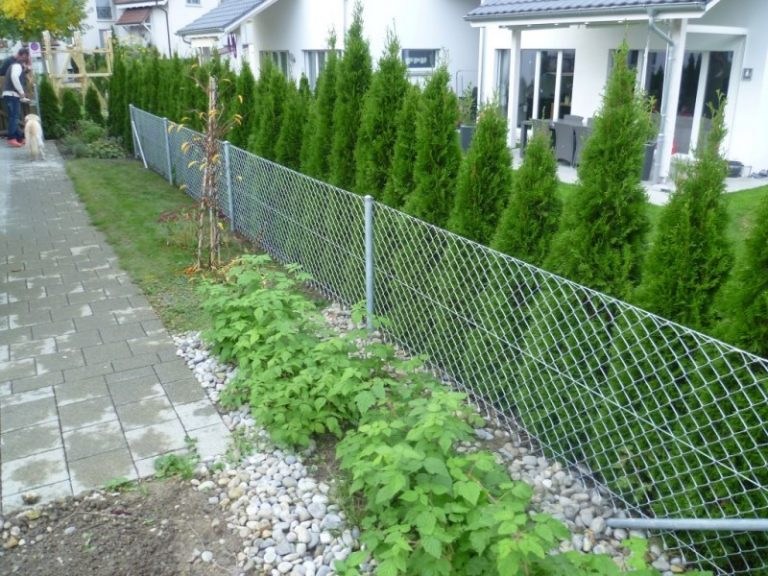
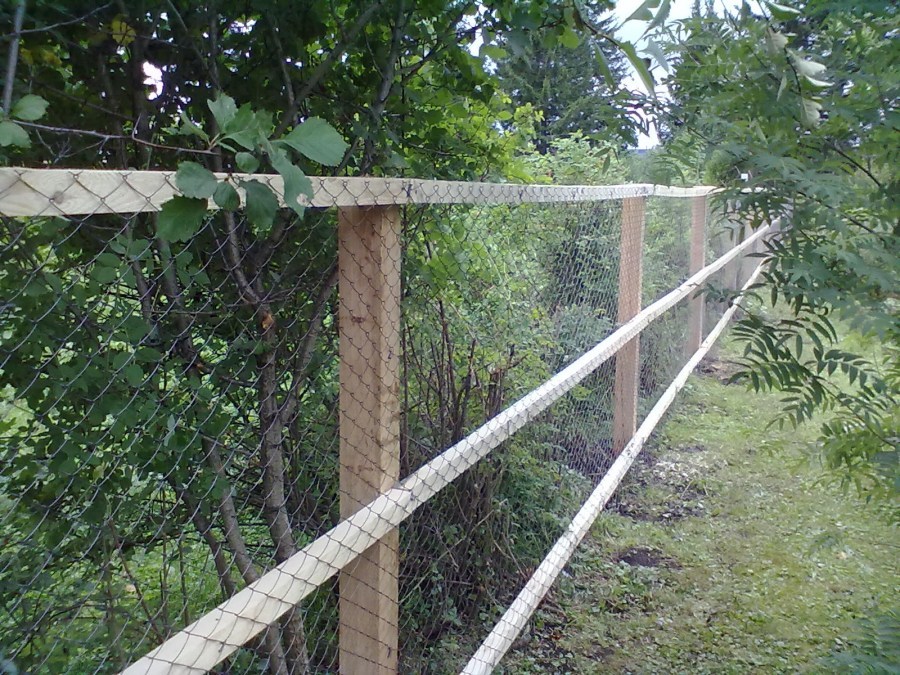
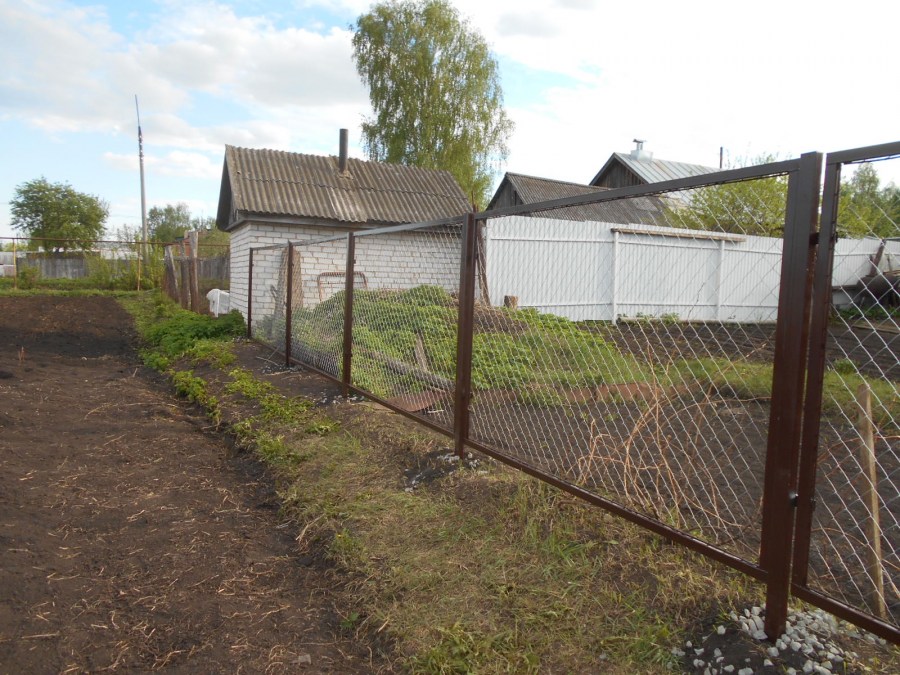
Watch the video: Mounting the fence from the mesh netting
When choosing, you should also consider the size of the cells. After all, the smaller it is, the more chain-link will be more reliable as a barrier from small animals. But at the same time it will be heavier and more expensive. Therefore, it is recommended to stop the selection on a 50x50 mm cell.
You can also choose an option according to the type of external coating:
- Un galvanized black wire cloth. It may not be the best option as a fence. After all, its quality is very low - it begins to rust quickly. Therefore, the service life is limited and constant painting is required.
- The galvanized mesh for the fence is a better material that will last much longer. It is moisture resistant, therefore, does not require regular staining. But its price will be much higher.
- The plasticized mesh is covered with a special durable polymer coating, the color of which is diverse and can be matched to the design style of other elements of the cottage interior.
Material benefits
There are many positive aspects that speak in favor of a chain-link as a material for arranging a fence:
- high strength, as well as resistance to external influences and mechanical damage;
- freely transmits light, does not obscure the area;
- maintains the increased load;
- unpretentiousness in leaving;
- long term of operation, especially if you put a fence from a polymer mesh;
- the possibility of decoration;
- low cost and availability of material;
- ease of transportation and installation.
At the same time, it should be noted that the fence from the netting net will not hide you from prying eyes, it will not provide sound insulation, it will require periodic painting and rust protection if you install a non-galvanized net.
Preparing for the installation of the fence
In order for the fence to be durable and last a long time, it is necessary to solve a number of organizational issues and prepare for its installation.There is nothing complicated in this, but this stage is very important.
Project definition
At the initial stage, it is necessary to determine the installation site of the country fence, the surrounding landscape, the features of the relief, the length of the fence and the possibility of fastening the posts. Additionally, you need to decide what type of mount and frame will be used. The following options are available to you:
- Tensile structure. It requires the installation of supports, on which the chain link is stretched. The cost of construction is minimal, but the material will sag over time.
- Tension fence with wire broach. It eliminates sagging.
- The sectional option is more expensive and reliable, suggesting the installation of a special corner for the frame.
Design calculation
The web consumption in running meters depends, of course, on the size of the plot. Therefore, you need to clearly measure. The length of the wire used for stretching is taken as two lengths of the fence. And if the fence is up to 1.5 m in height, then 2-3 cuts should be enough.
The number of poles depends on the length of the structure, and you need to take into account the step between them of about 2.5 m. When choosing the length of the profile corner, you need to take into account the perimeter of the frame and multiply it by the number of sections.
Installation of a tension fence
Making a good fence with your own hands is quite simple. The main thing is to follow the sequence of actions and pay attention to the little things.
Site preparation and layout
Thoroughly clean the installation site is not required. It is enough to clear of debris and vegetation directly at the fence.
Then in the locations of the outermost pipes, it is necessary to drive in the pegs and pull the twine at a height of about 100 mm. If you get a curved line with bends, then in the appropriate places you need to fix the beacons with the rope secured. At the points of installation of the intermediate posts, pegs are placed with the same distance between them.
Pillar Installation
To install poles with a garden drill, it is necessary to pit up to 80-120 cm in depth. Their size depends on the characteristics of the soil - for a less dense soil you will need to drill a hole more. The hole must exceed the diameter of the support. A pillow of crushed stone and sand 100 mm thick is laid at the bottom.
At the next stage of installation of the fence from the grid, the support supports are fastened. To do this, prepare the pillars:
- metal supports are cleaned of rust and stains, welding spots are cleaned, the surface is primed and painted;
- wooden posts should be treated with an antiseptic.
Supports should be installed taking into account the possibility of soil swelling in spring. They are buried 200 mm below the freezing point of the soil. Corner supports are placed first. The support treated with anticorrosive mastic is mounted in a hole and poured with concrete.
To prepare the solution, you need to mix sand and cement in a ratio of 1 to 2, mix, then add 2 parts of crushed stone, and after adding water - mix again. Supports are often first placed at 350-400 mm, and then driven into a desired depth with a sledgehammer. At the level of the base posts, intermediate ones are fixed in a similar way.
You can also begin the installation of the fence by filling holes with supports in layers of buta, soil and again rubble stone. Each layer is carefully compacted.
Web fastening
The chain-link roll is vertically mounted at the first corner support. The end of the web is hooked to hooks that have been pre-welded to the pipe.In the absence of fastenings, the canvas must be firmly screwed in 3-4 places with steel wire.
The lower edge of the material should be 100-150 mm above the ground to prevent the accumulation of debris. To reduce sagging, a reinforcing bar is vertically passed through the first row of cells and welded to a pole.
Then the stretch roll is untwisted and attached to the next support. To avoid sagging material along the perimeter of the fence in the upper and lower parts at a distance of 100-200 mm from the edges, a steel wire is passed.
All the ends of the hooks and wire must be carefully bent inward, and place the plugs on the posts. The result of the work you can see on the presented photo of the fence from the grid on the site.
Sectional fence installation
Installing a fence in sections is also quite simple, although you will need help. Supports are placed in the same way as for the tension version. However, metal plates 150x50 mm thick over 5 mm thick will be used for fastening. They are placed at the top and bottom of the column at a distance of 200 mm from the edges.
After installing the supports, it is necessary to measure for the manufacture of the frame. Take the distance between the posts in height and width and take up to 200 mm to the width of the corner. Its dimensions are 30x4 or 40x5 mm. The corners are welded in the shape of a rectangle, clean and grind the surface.
The web roll is unwound at the required length. The excess is cut off by a grinder. In the extreme rows on each of the four sides should be threaded rods of reinforcement, not connecting with each other. After you lay the canvas on the frame, you need to weld reinforcing bars to it from the inside of the corner.
First, the first side rod is fastened, then both are horizontal, and finally the second side rod. When mounting a fence from a welded mesh, you can first fasten the horizontal rods, and then pull and weld the vertical ones.
The section must be raised and attached by welding to the metal plates on the supports. It is also permissible to drill holes in the plate and fasten the section with bolts. The fastening of the following links should be carried out exactly in a row, without distortions and offsets. The fence must be primed and painted.
It’s quite simple to equip the fence from the netting net, and you can cope with this task yourself. The material is strong and durable, and the assembled fence is easy to decorate, giving it a look that matches the surrounding landscape.
Photo of a fence made of mesh netting
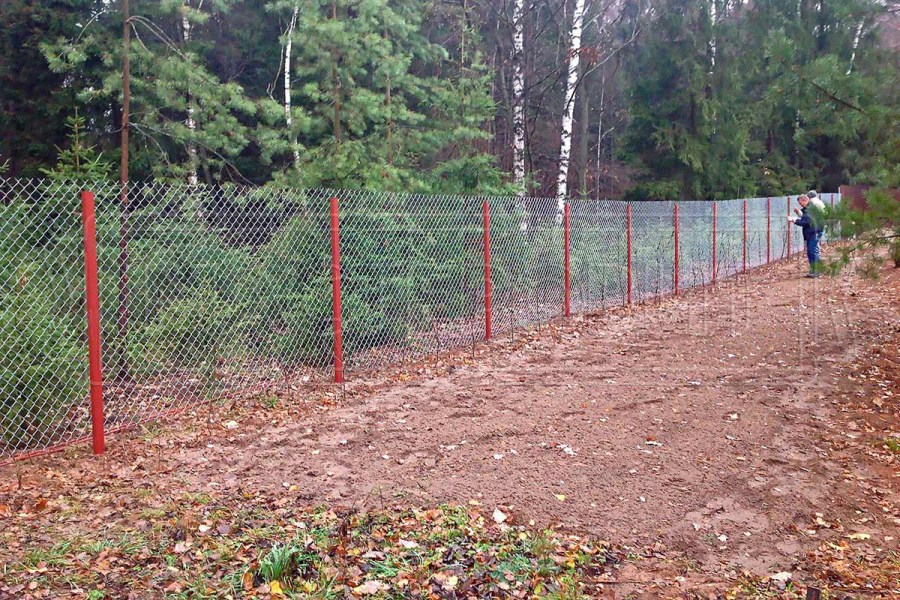

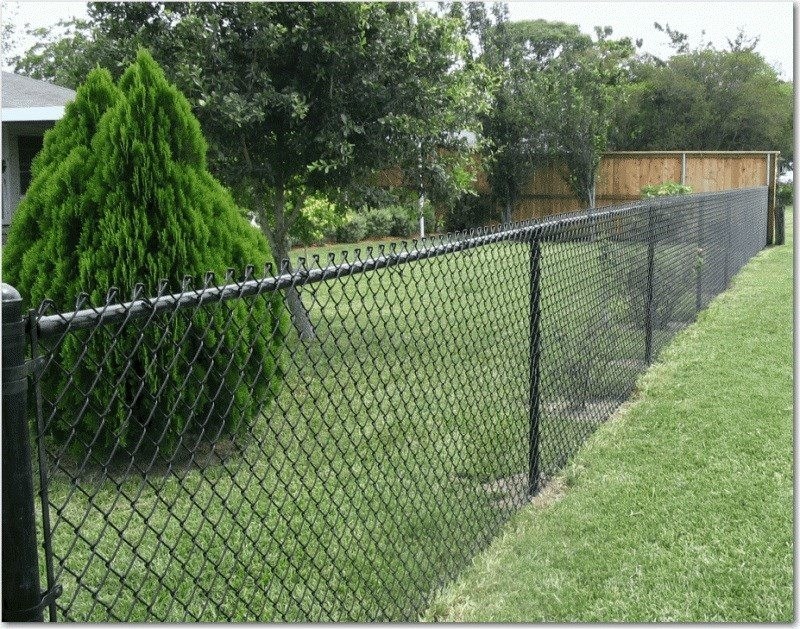
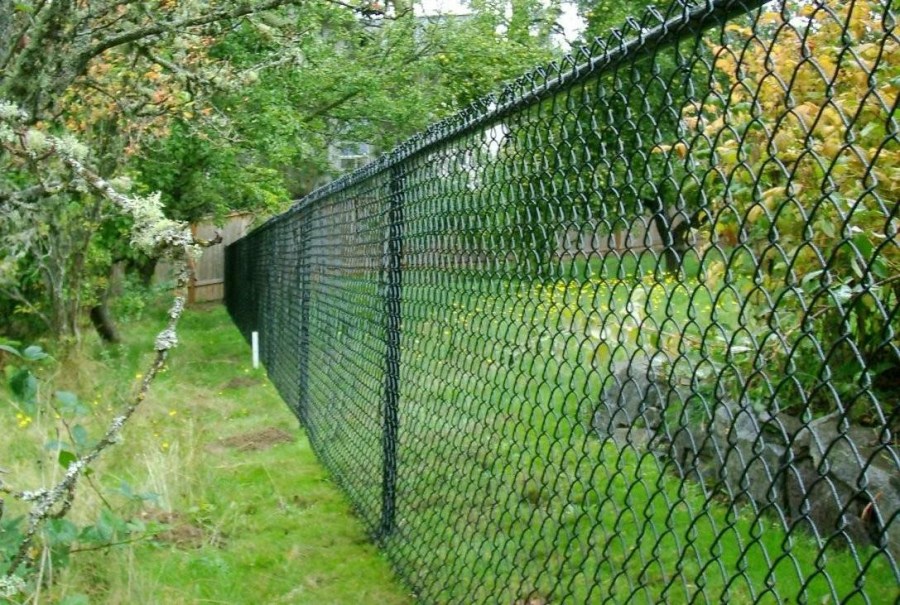
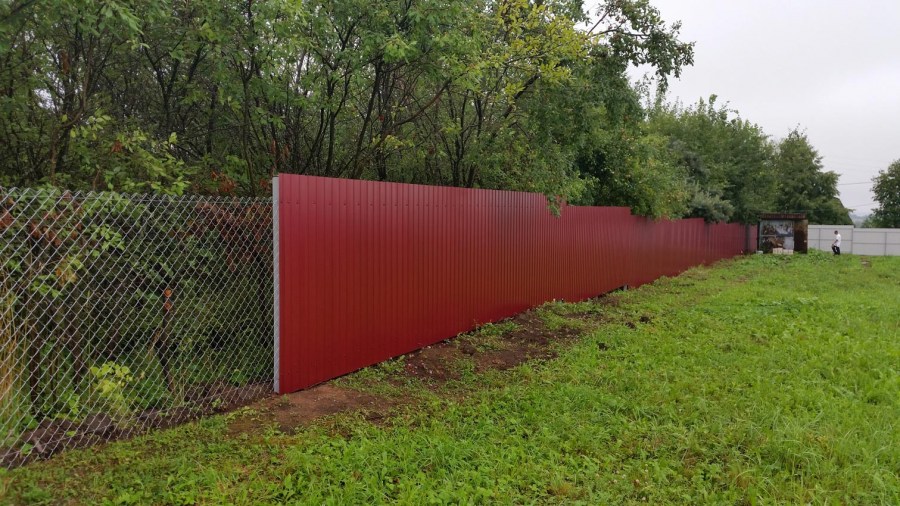
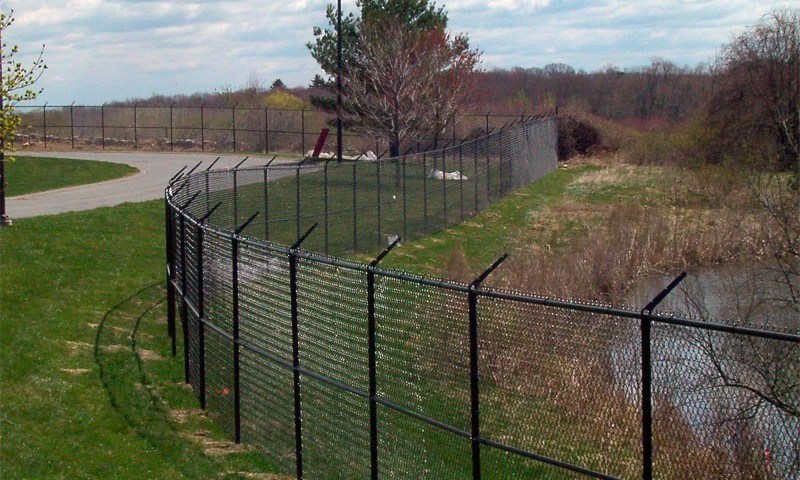
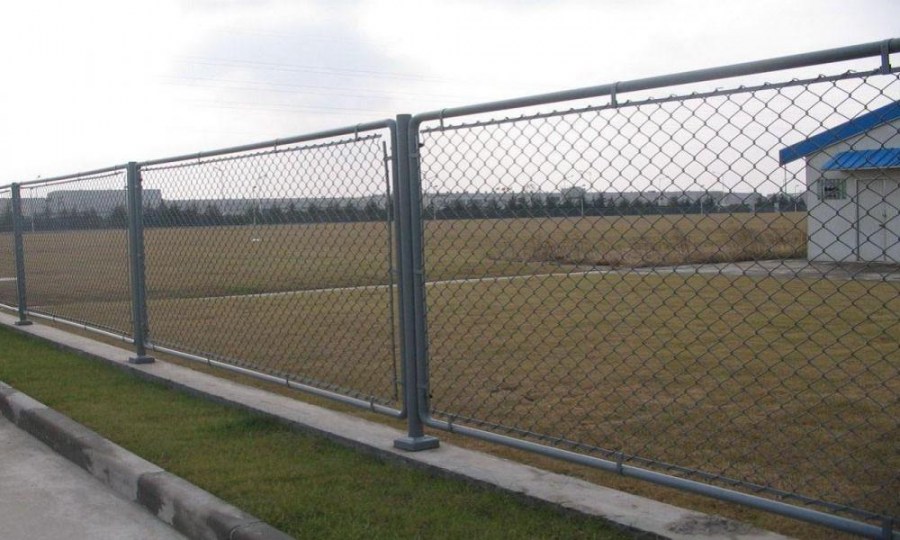
Bridges for a summer residence: 90 photos of the rules for decorating a decorative pond or stream
Flowerbed of stones: 85 photos of beautiful and stylish modern projects
Join the discussion:
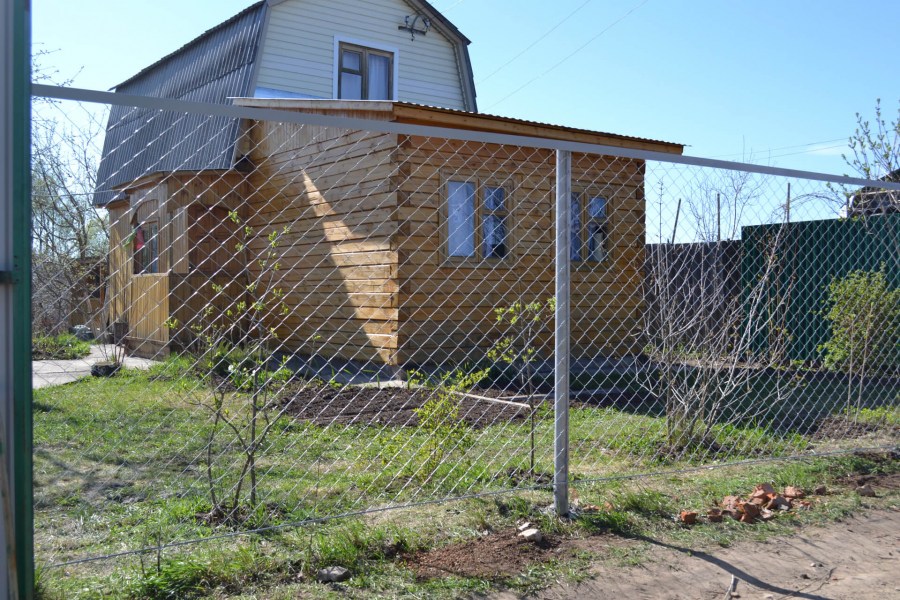


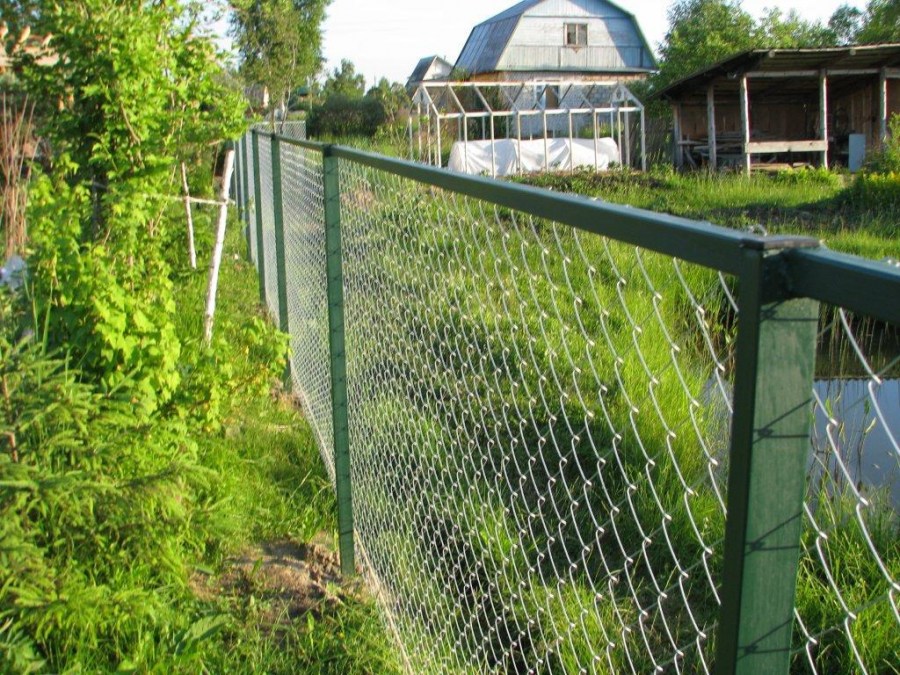
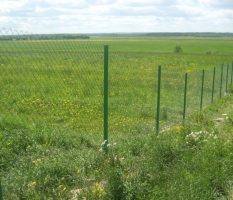

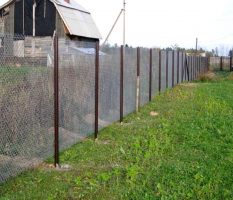











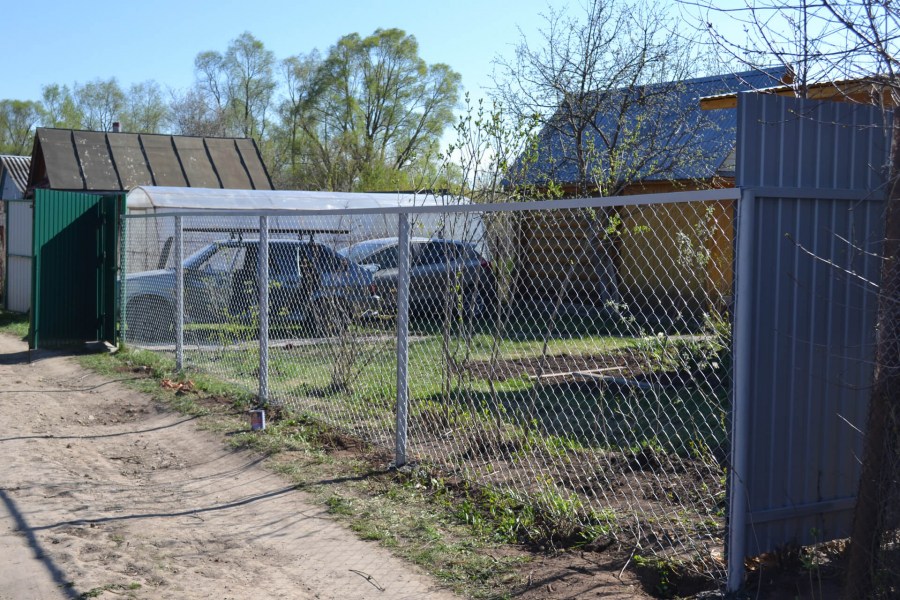


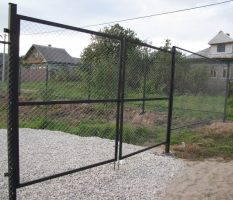
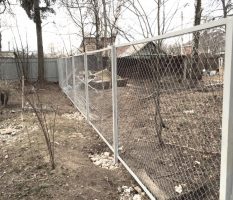

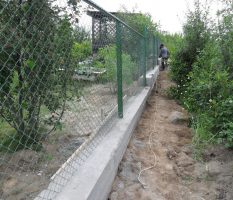
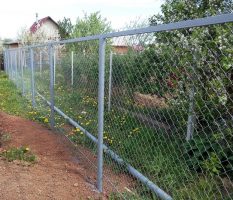
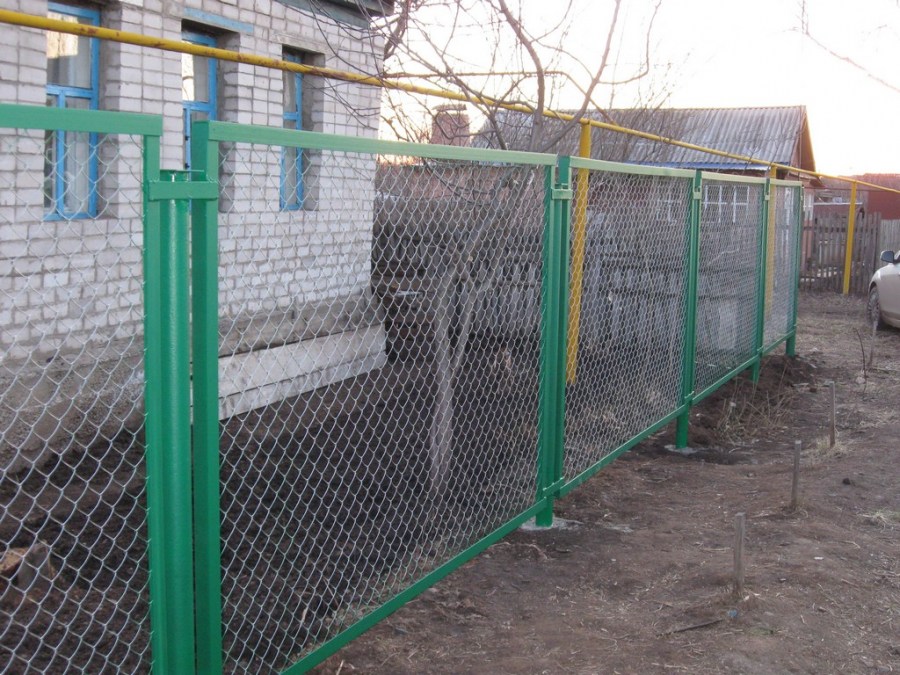
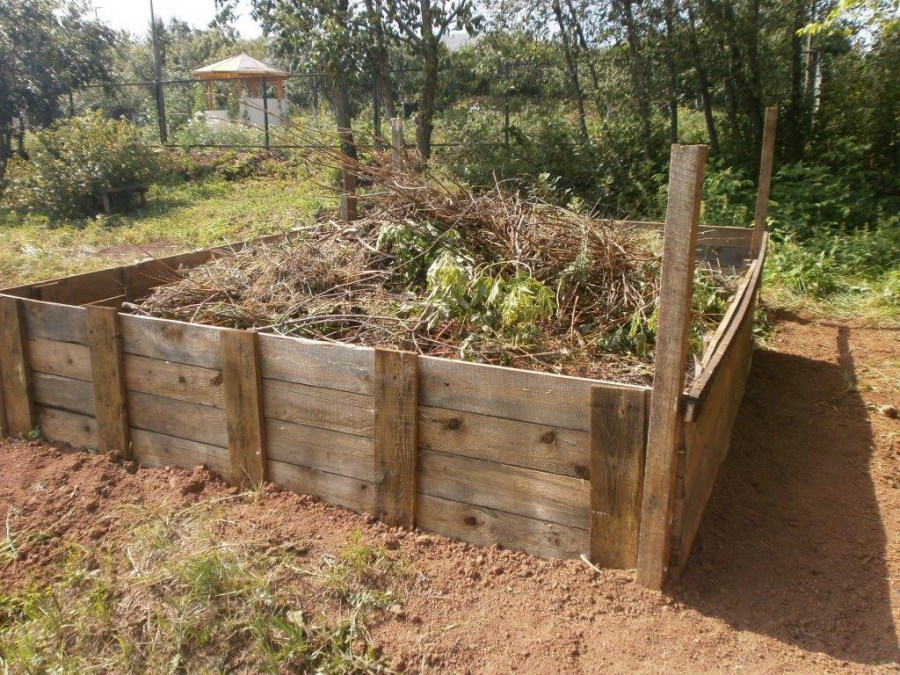
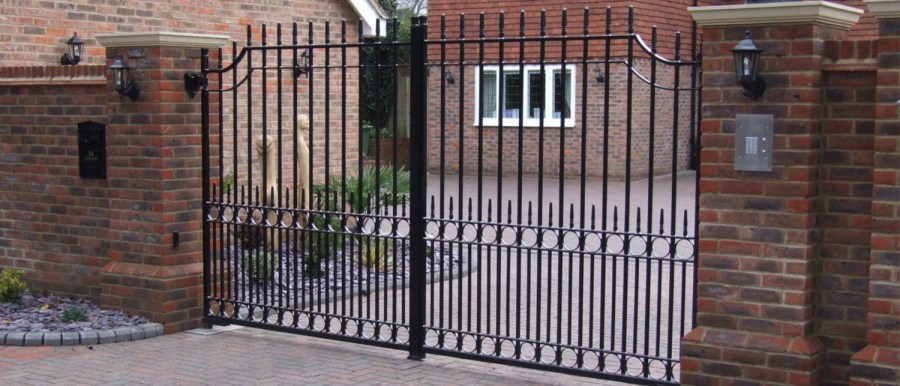
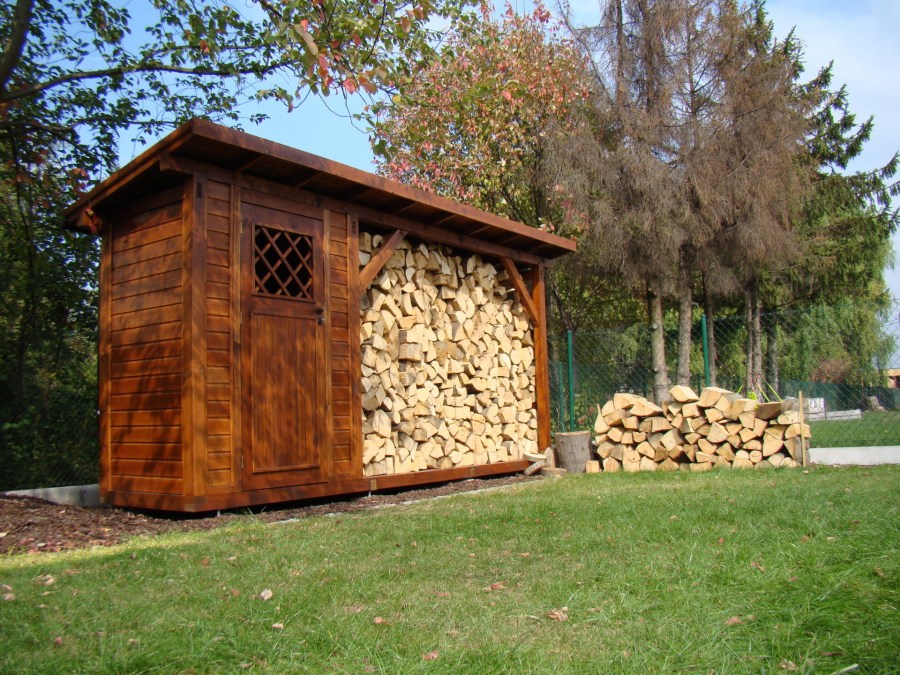
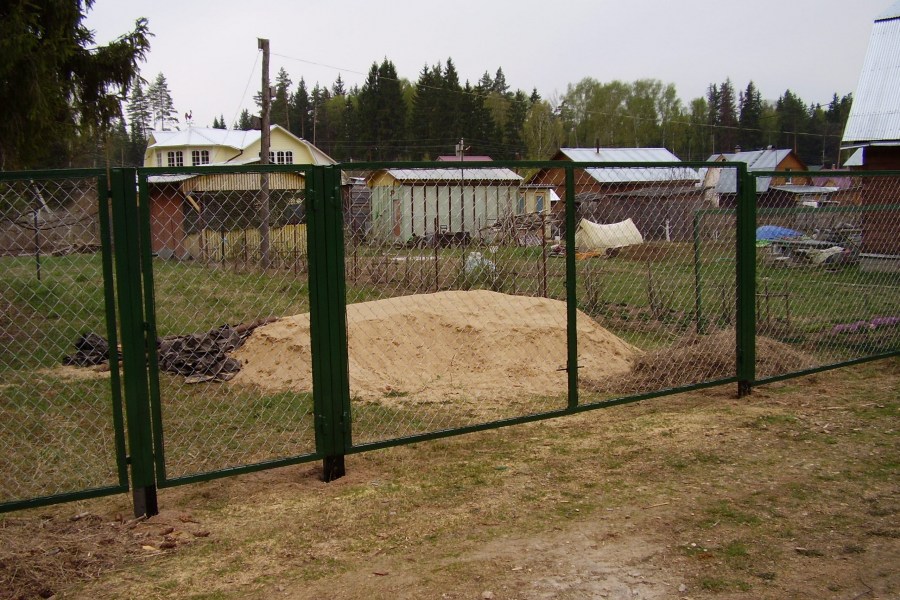

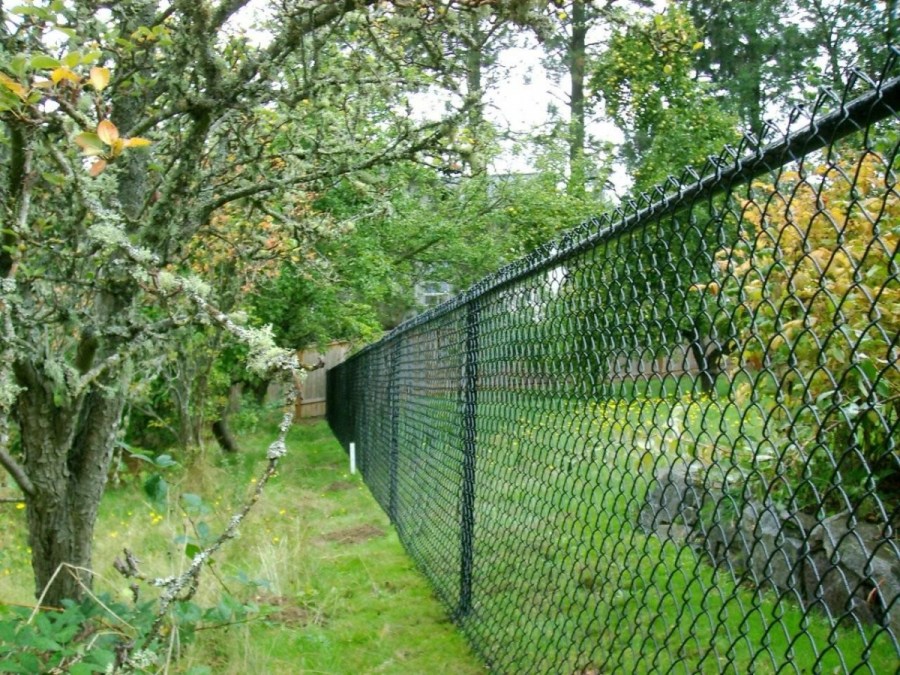


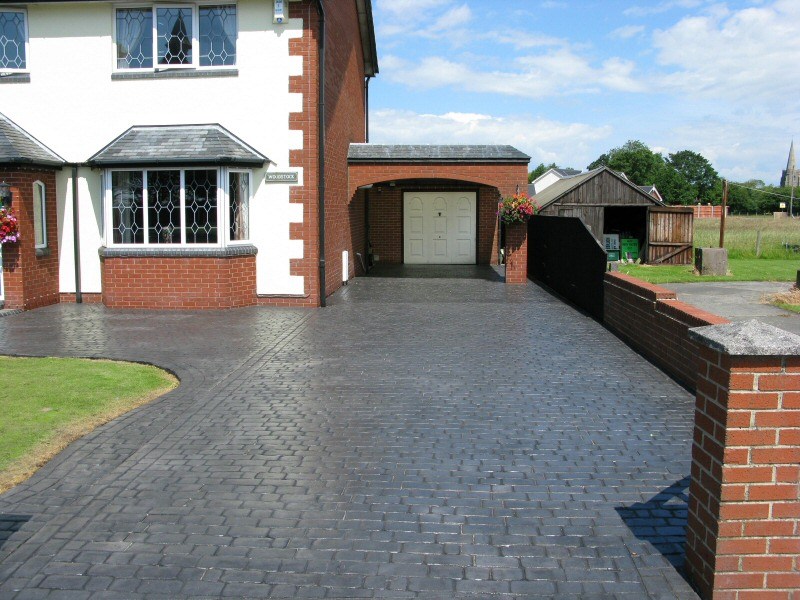

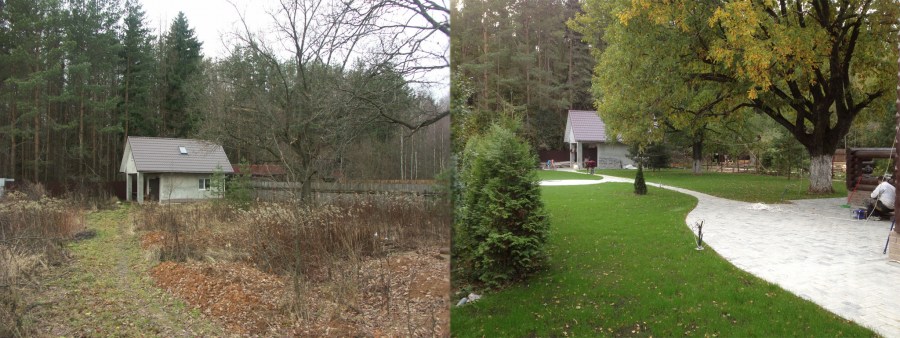
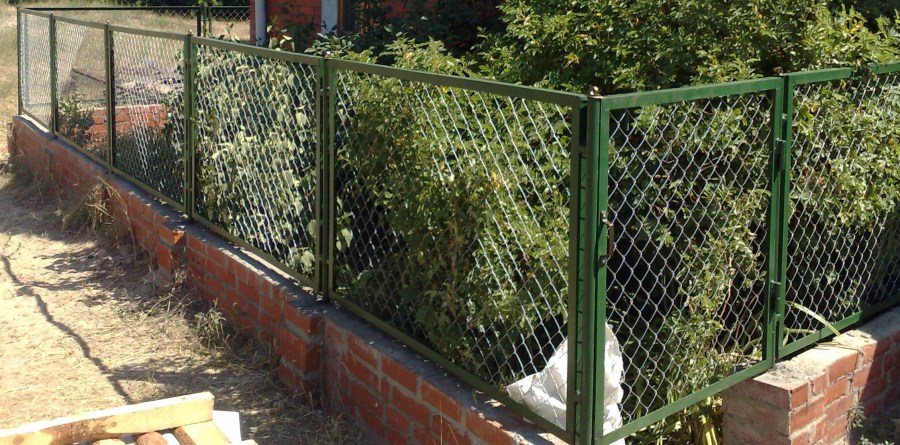








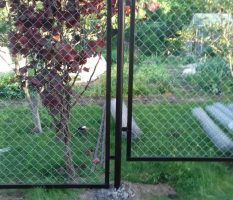


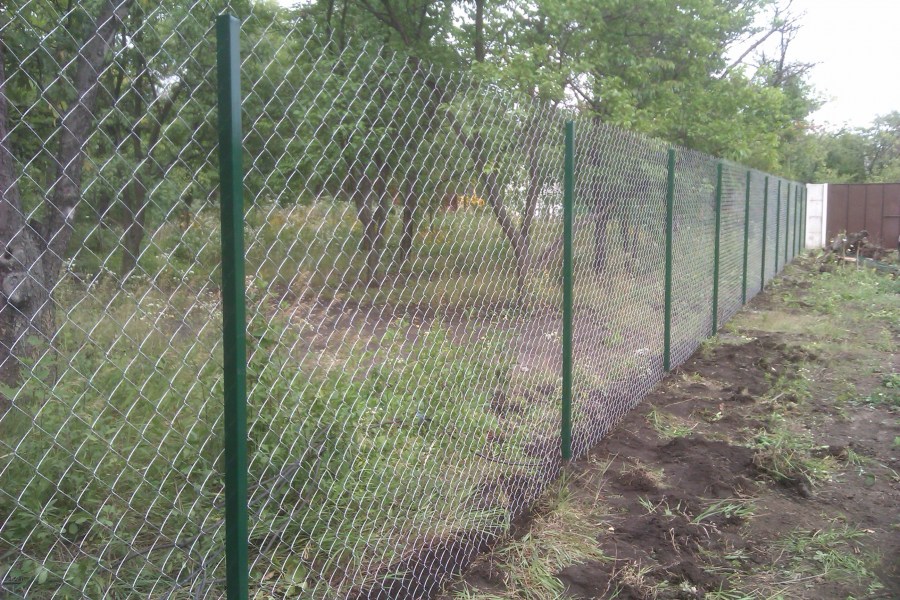

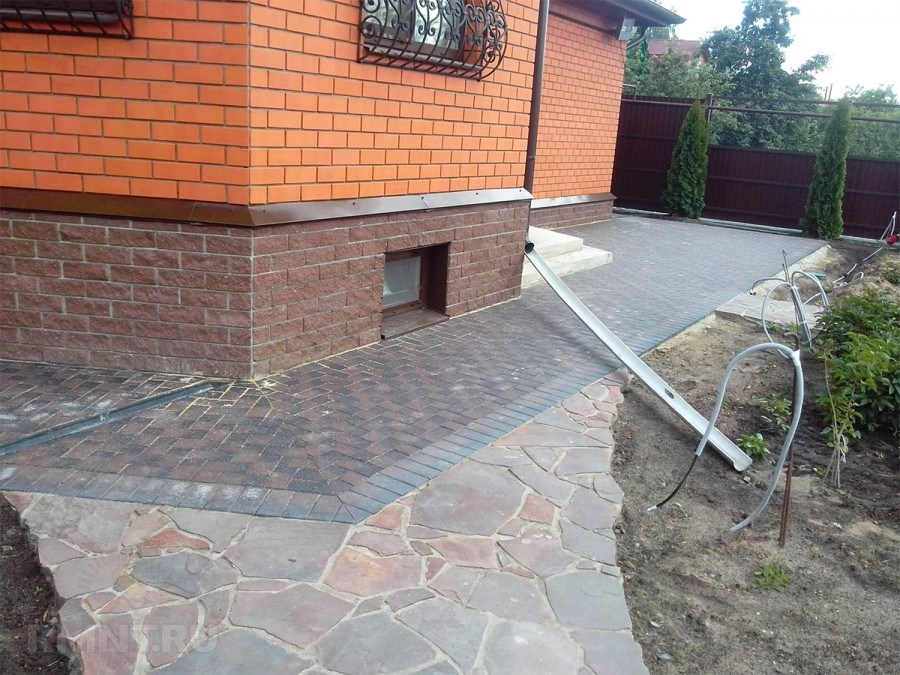
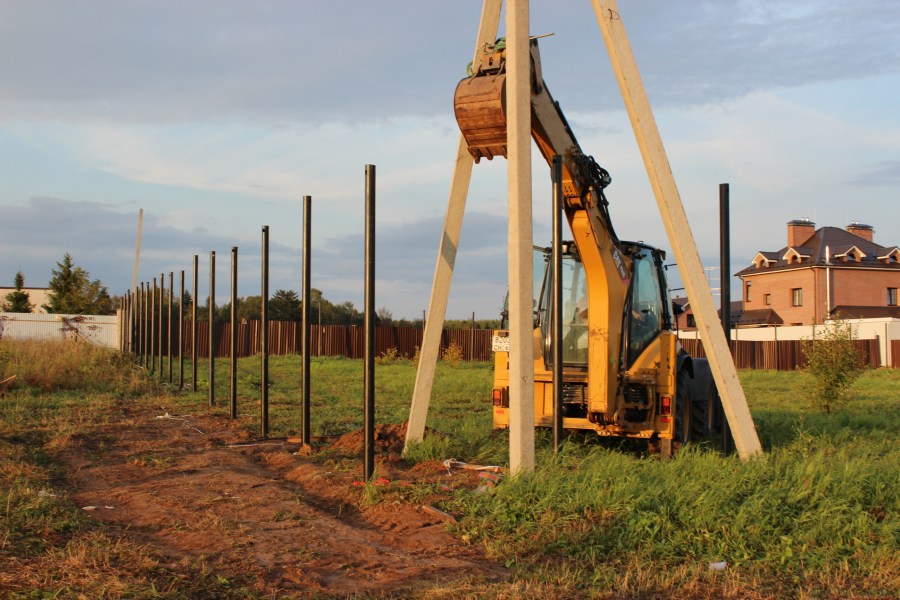



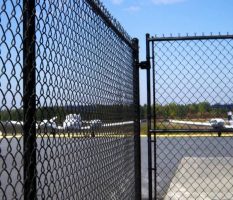










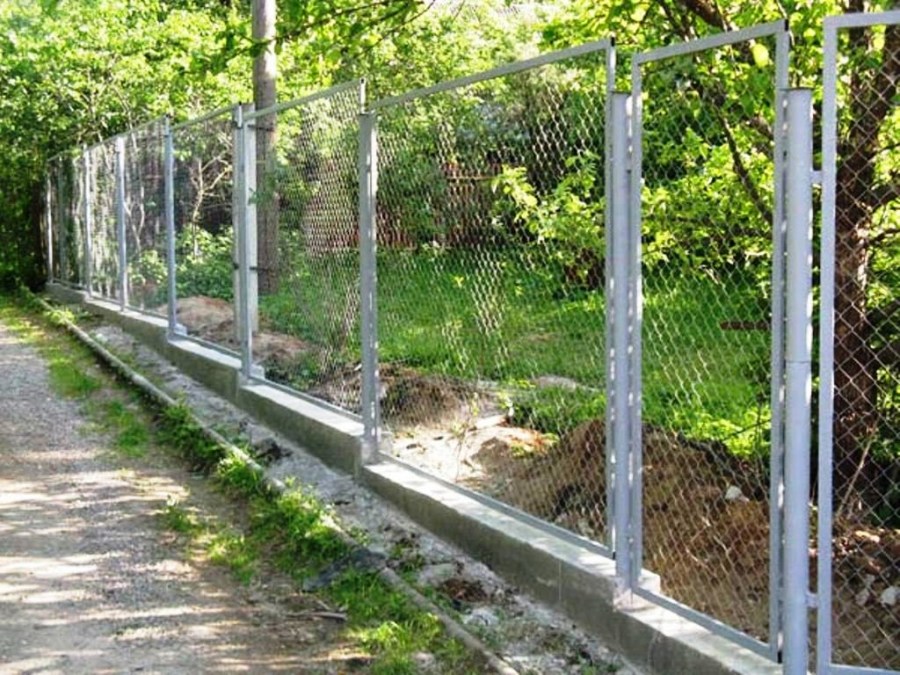
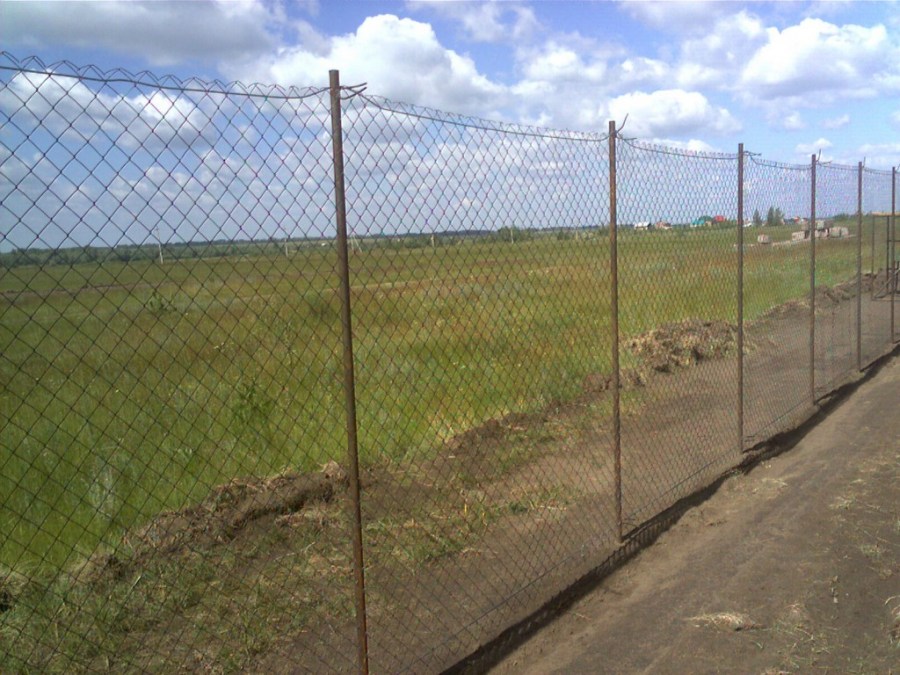






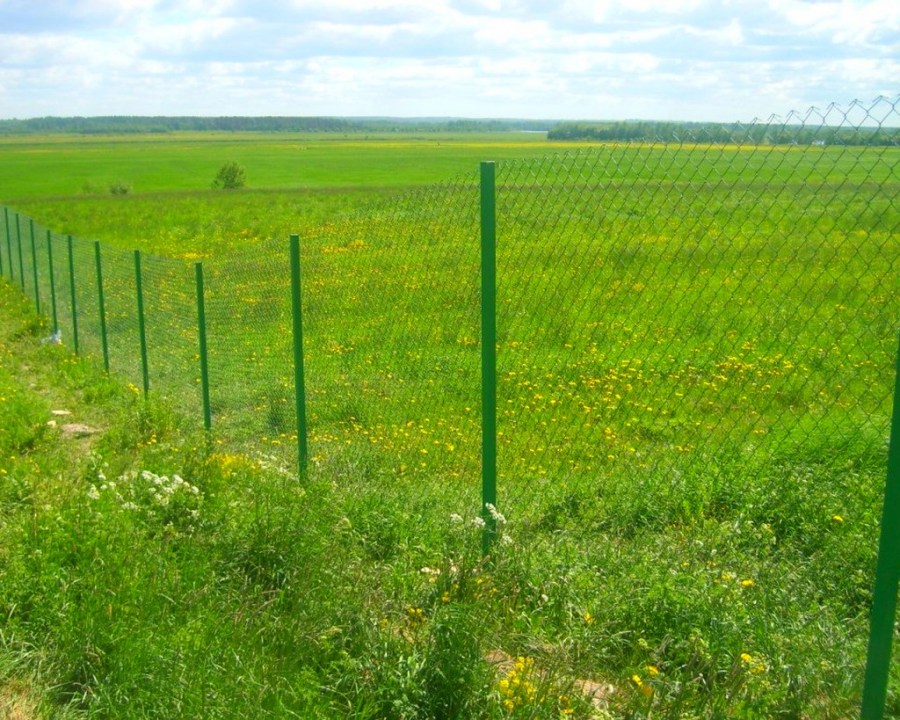



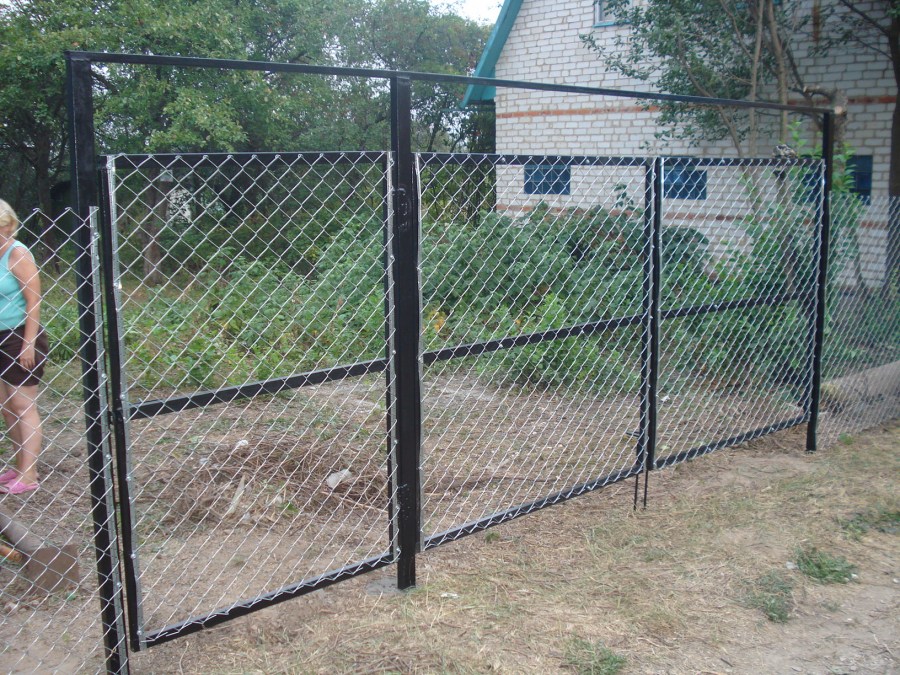
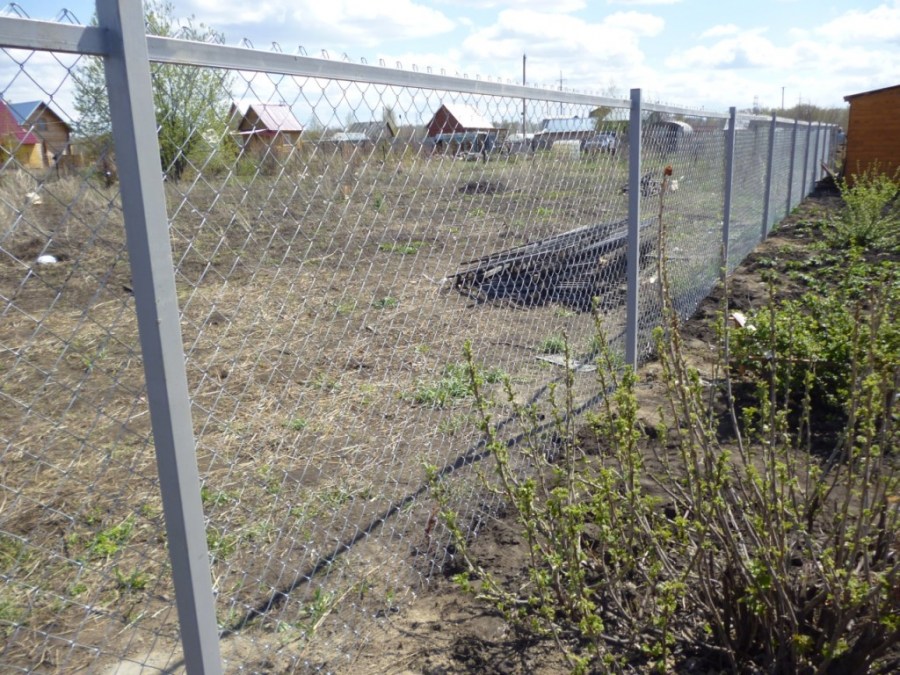
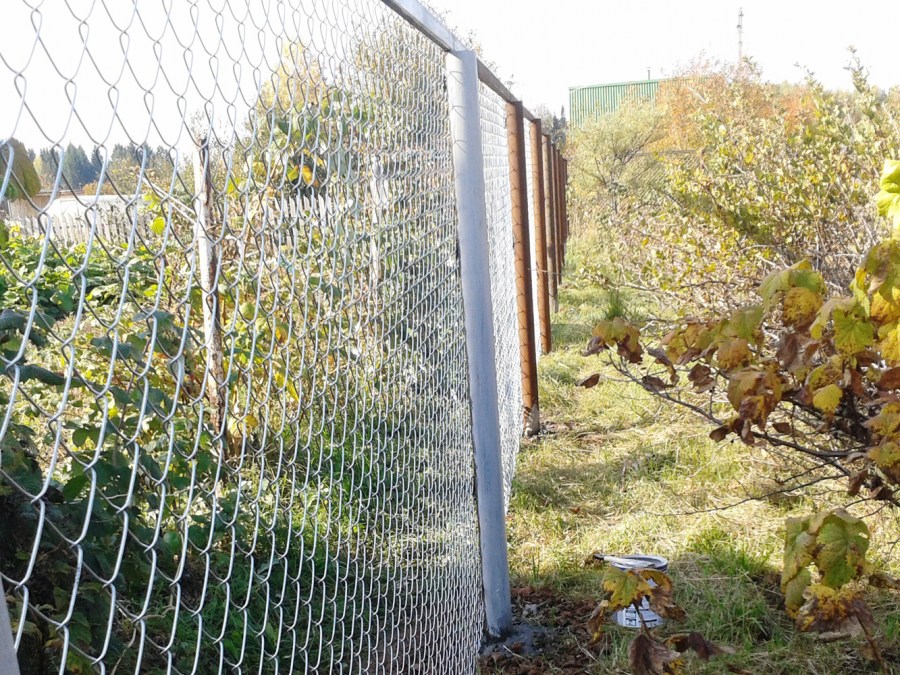
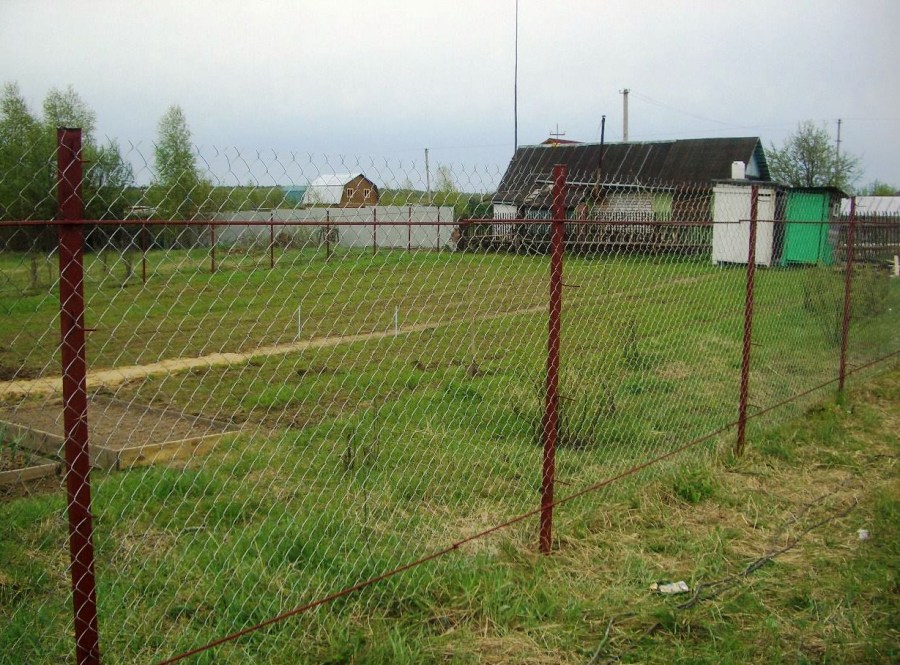



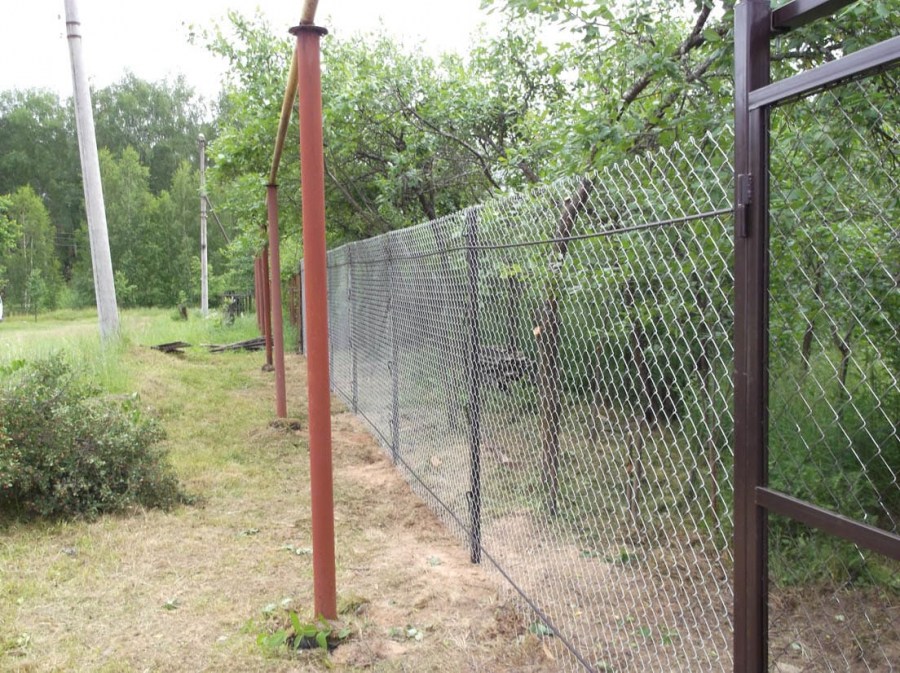
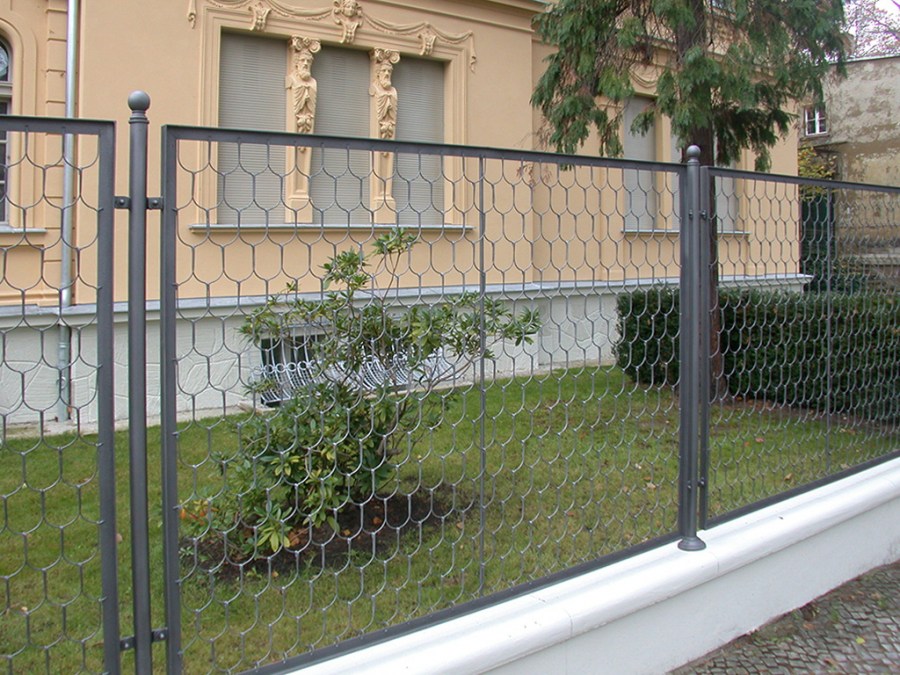

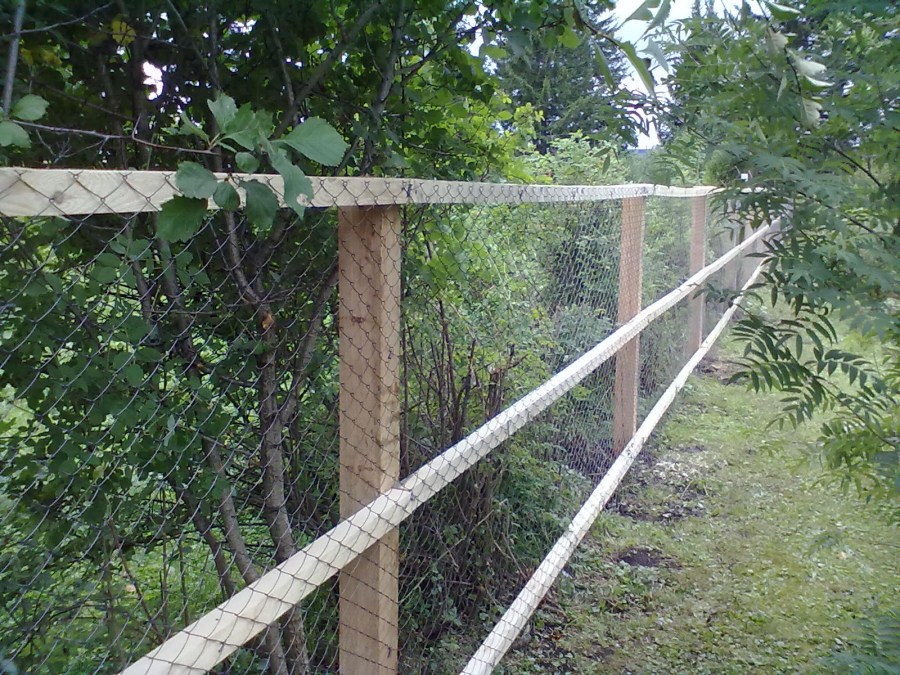
He put a high sewage fence to his parents in the country. Normally stood only one season, after which some parts began to squint although he did everything according to the rules, as well as described here. As I understand it, the snow is to blame. When it begins to melt, the ground is soaked and becomes soft, because of which pipes under weight begin to lean down. Therefore, I advise you, if you want to do everything honestly and forever, and not remodel like me, then pour cement or something like that. Personally, I will do so this summer
From the advantages of fencing mesh-netting on the site, I would say that it is possible to plant plants near the fence. After all, it does not obscure the area and there is the possibility of good ventilation.Of the minuses, it is undoubted that it is impossible to hide from prying eyes. I personally do not like it when “everything is“ collective farm around ”and curious neighbors or passers-by consider that it’s not so hidden behind a fence.
It seems to me that such a fence is suitable when relations with neighbors are excellent. Say hello once again, share news. It seems that he blocked himself, but everything is visible. The neighbour's garden, what and how it grows, the crop is not richer than that of the neighbor; it does not create an extra shadow. And the neighbor’s chicken will not run over the site to rummage in the newly planted beds, and this is a very common reason for quarrels.
A universal version of the fence, especially for a summer cottage. It is not convenient that over time this mesh bent down a bit (especially near a tree, from branches). And everything is absolutely visible from the side. But it is resistant to bad weather, right next to it it is good to plant various weaving plants. Only part of such a fence can be replaced, if necessary. An older chain-link from rust was opened with paint, previously cleaned.
The site is very well told and shown. I believe that both newly made summer residents and avid lovers can find a suitable one. A lot of photos of the fence. You can see the weaving of the fence. He himself set this at his dacha and is very pleased with it. I will recommend to friends. This is a very solid fence, but at the same time it does not fence you from your neighbors, thanks to the net weaving. I highly recommend it.
Mesh netting is a very practical material. A friend helped to put a new fence. He bought a chain link, braided, plasticized. It took one working day to dismantle the old picket fence, to strengthen some supports, and the next morning they worked until the afternoon. Very easy to cope with the installation. It is good that the old fence was not always in poor condition, but they took it apart longer than the new one was installed.